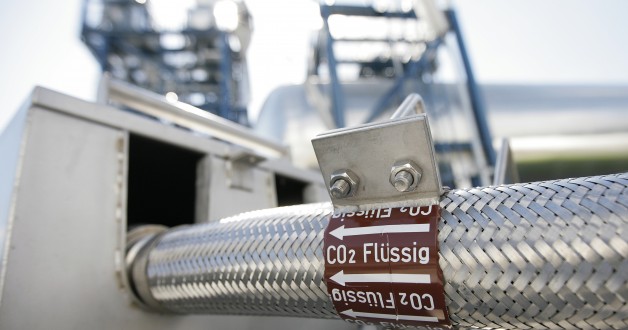When we think of nuclear power plants, we often think of enriched uranium rods. However, there’s a silvery white metal that’s essential in the development of this energy source. Molybdenum is now found as a new essential metal that can further enhance the longevity and reliability of nuclear power plants. It appears that condenser tubes made from HPSS or high performance stainless steel with about 7.5 percent molybdenum could have three times the life compared to tubes with only standard steel. In early power plants, steam condensers were made of copper-based alloys, especially copper nickel and brass.
These alloys have reasonable heat transfer capabilities with high thermal conductivity coefficients. However, condenser tubes made from copper alloys have a usable lifetime of only eight years and replacement need to be made due to the sulphure pitting. Over the past decades, engineers have been looking for new super stainless steel mixture that could make sure longer lasting nuclear reactors. Compared to copper alloys, nickel and iron in steel tubes lack the sufficient thermal conductivity, at about 57 percent lower. However, it appears that molybdenum could effectively help us to deal with this thermal hurdle.
More and more nuclear reactors are using condenser tubes made from HPSS, with reported average life that may nearly reach 20 years. In fact, it is possible for stainless steel condenser with molybdenum to remain in service for about 25 years. But, what are condenser tubes? Nuclear reactors need to transfer energy to different areas of the power plant, especially water. In this case, water will be converted into steam, which can be used to propel turbines and generate electricity. However, the steam needs to be converted back to water and that’s why condensers are needed.
The condensers portion of the power plant has many horizontally mounted tubes that can recover steam. For low-pressure turbines, condensers could also help to maintain vacuum, which can help to optimize the overall efficiency. However, water often has some contaminants that cause fouling deposits and they are often cited as problems at many nuclear power plants. Deposits could develop in condenser tubes if the power plant uses brackish water or sea water. Condenser tubes can be affected by galvanic, crevice and pitting corrosions that could lower heat conductivity and cause long term damages.
To keep these tubes clean, the condenser system need to be cleaned with abrasive sponge-like material regularly. Probing devices will also be used to determine whether the tube is still usable for prolonged uses. Leakage can happen if corrosion becomes more serious and tube thinning could happen due to various corrosions and cleaning cycles. Cleaning chemicals, such as chlorides and sodium are not tolerated because they could eventually cause problems with steam generator and reactor vessel.
Further improvement will continue to be introduced, to make sure improved longevity and safety. Long-lasting nuclear power plants are safer, because it won’t be necessary to dismantle them so soon. There would less things to worry and there’s a possibility that nuclear power plants will be as safe as other plants.





